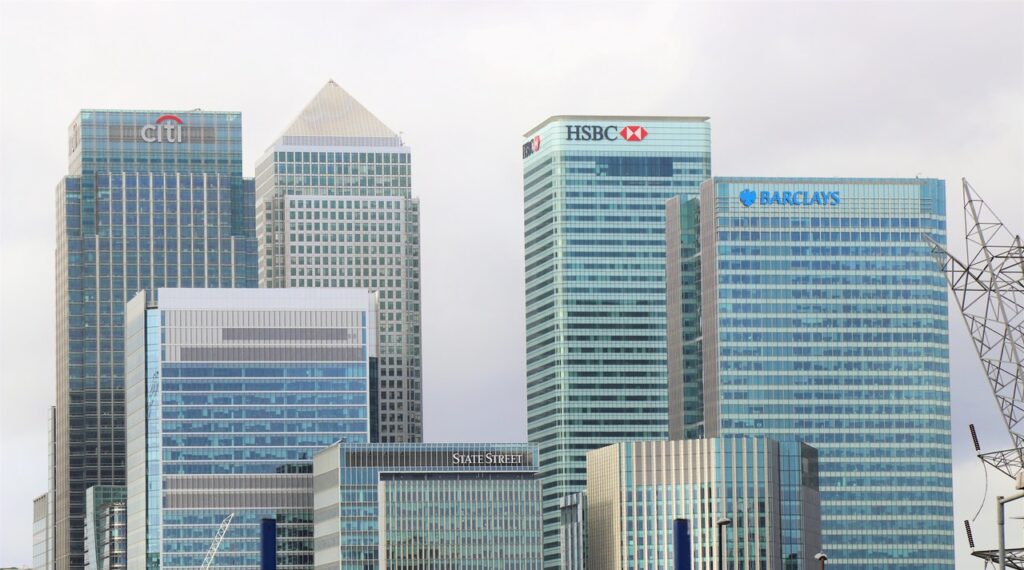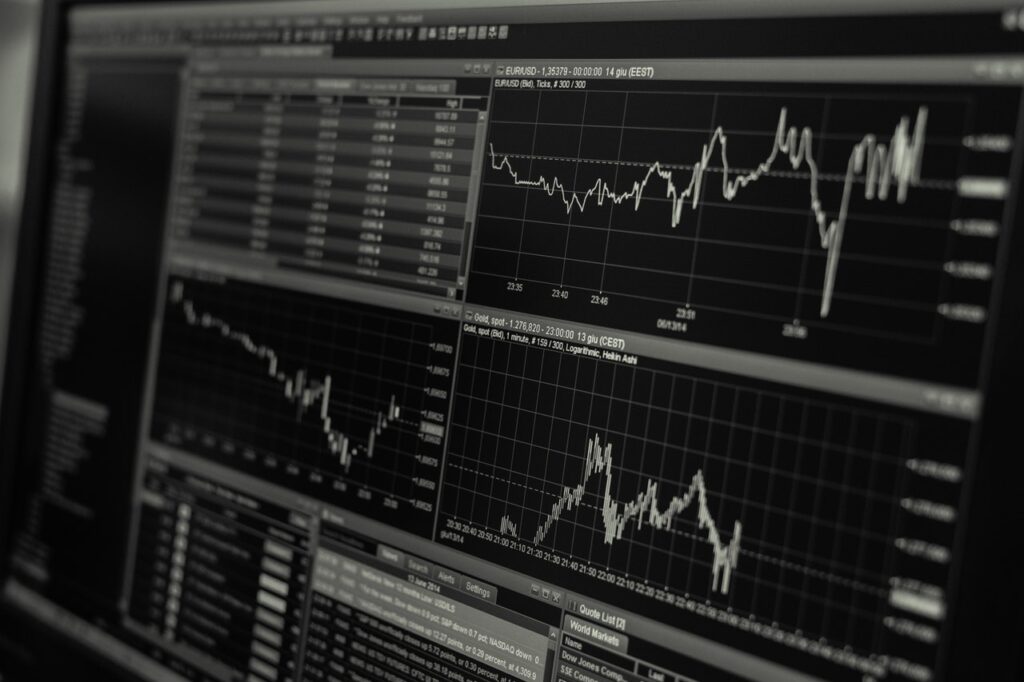What does it mean to optimize capital structure? How to perform this optimization? In this guide we answer these questions and teach you how to optimize capital structure. Of course, you will not become a Chief Financial Officer just by reading this article – but that’s a good start.
In short, to optimize capital structure means, for a company, how to mix debt and equity to finance its activities. This is important, because this mix (the capital structure) has influence over the value the company creates. As we will see, different companies and different industries have different capital structures, so we will go deep and find what the fuss is all about.
What is Capital Structure?
Before we can dive deep to understand to understand how to optimize capital structure, it can be worth spending a few words on capital structure itself.
Let’s start with the hard truths. A company needs money to stay alive: it needs to buy materials, pay salaries, pay the rent and so on. Some of the money go to pay ongoing operations, while other may go to new investments, such as building a new plan or running a new advertisement campaign. Capital structure is where the money comes from.
There are mainly two sources of money: equity and debt.
Equity
Equity is the fancy financial term we use to refer as stocks. When you buy a stock on a stock exchange, you are giving your money to the company in exchange for a piece of ownership in the company, the stock certificate. Now, the company can use the money to do its stuff and you, as owner of the stock, are entitled to the gains from these activities.
The gains will materialize in two ways: your stock may pay some dividend, returning to you some of the earnings the company generated, or it may simply appreciate in value, being worth more.

Imagine you own 1% of a company worth 100$: your stock is worth 1$ in total. If the company uses the money to generate ten more dollars it will be now worth 110$. It has two options: it can distribute the extra 10$ to shareholders, and in that case, you will get 1% of 10$ (0.10$), so you will still have your stock (worth 1$), and plus 0.10$ in cash.
In the second case, the company may decide to retain the extra 10$. In that case, the company is worth 110$, so you now own 1% of 110$, you will get nothing in cash, but your stock is now worth 1.10$.
Of course, the same reasoning can be applied for a loss of value.
All this sounds great for you as an investor. For the company, however, this is a cost. If they want to use your money to do something, they need to pay you with some extra (dividend, capital appreciation) to reward you for the risk of putting your money in the company.
Debt
Debt is the alternative to equity. It means getting money from the bank and committing to make regular payments. Unlike equity, where nothing is taken for granted, with debt the company must meet the regular payments. If it does not, it will face bankruptcy.
Therefore, all the money the company generates tend to go through debt first, and only the leftovers to equity. As such, seen from the point of view of the people lending the money, debt is less risky than equity, because you are almost granted to get the money. The only case when you do not get the money is when the company is in bankruptcy.

Since there is less risk, you cannot demand a large payment like equity holders do for their investment in equity, which is riskier. You will need to settle for a lower interest rate. As such, in the eyes of the company, debt is cheaper than equity because it cost less in terms of repayment.
There is a catch. True, debt is cheaper, but the company must make the repayments on time. So, more debt you add, the more you risk bankruptcy. With equity, you can simply not pay anything. So, equity gives more flexibility. More realistically, little debt will not increase the chance of bankruptcy by much, but beyond a certain threshold it would start to be impactful.
Cash & Retained Earnings
There are only two true sources of financing: equity and debt. What about cash? Can’t the company finance its operation and its expansion with its own profits? Yes, it can.
We do not consider cash a separate source of financing because it is only negative debt after all. Think of it this way, with debt you borrow a monetary amount for someone else, and you must make your payments. With cash, you have cash in the bank sitting doing nothing. You could lend it to someone and earn interest, but since you are keeping it in the bank you are foregoing these potential profits.

Having cash reduces the overall level of debt, net debt, because if you have 10 million dollars of debt and 1 million in cash, you could actually repay 1 million straight away if you wanted to, so the real net debt is 9 million dollars.
Hence, we do not need to consider cash separately. We subtract it from the debt amount to obtain the net debt level. Retained earnings are just one of many forms of cash, so they fall into this category as well.
Okay, now that we set the ground rules it is time to see what does it mean to optimize capital structure.
Optimize Capital Structure
1. What Does It Mean to Optimize Capital Structure?
Optimize capital structure means selecting how much debt to use to finance a company, with the rest of the money coming from equity.
When thinking about financing, you should think about the amount of money that needs to be kept in the business to have it running. In other words, it is the worth of the company itself. This means that obviously the company should maintain itself alive with its own revenue, but you cannot have revenue until you have capital. If you want to sell something, you first have to buy the resources to produce that something. If you want to sell a service, you first need to hire the people to provide that service. So, you need to have some capital (spend some money) to be able to create revenue. Then, your investment will start to turn a profit hopefully.
To see it another way, the capital in a company is like the investment in the bank: you will earn interest on it as long as you keep it there.
Now that we got the hard part behind us, why would a company use more or less debt? What are the benefits that we get if we optimize capital structure? In short, using debt has some advantages that produce more money for the company, and also has some disadvantages, that cost money. To optimize capital structure means to find the combination of debt and equity that maximizes those advantages.
2. Optimize Capital Structure with Tax Shield
The debt tax shield is the most powerful tool for optimizing capital structure.
A company must pay taxes on its profits: profits are simply revenues less costs. So, the profit that can be distributed to shareholders (equity financers) are revenue less costs less tax. With this is the money the company has available to pay the people buying the stock, generally with dividends or with capital appreciation.
Debt is a cost, it means it is tax deductible, like any other business expense such as rent or salaries of staff. Hence, after subtracting non-debt costs from revenue, all the money that is left is potentially available to pay debt interest – before tax is even calculated. If you have so much debt that your costs match your revenue exactly, you will have no profit and pay no taxes.
Because you have more money available to pay debt interest (as you do not pay taxes), you can pay a larger interest, and hence you can access a larger amount of capital. Or, in other words, getting 1$ in debt is cheaper than getting 1$ in equity because of tax shield. How much cheaper, exactly the tax rate. If the tax rate is 30%, then getting 1$ in debt is the same as getting 0.70$ in equity, so it is 30% cheaper.
Wonderful, so we should take on as much debt as possible, shouldn’t we? Sort of. That depends on other factors.
3. Other Effects of Debt
If there was no tax, then using debt or equity would be almost equivalent. In fact, in perfect capital markets (with no friction or imperfections), debt or equity are equivalent (see Modigliani-Miller). Real world is not a perfect capital market, with taxes being one of the biggest imperfections. Yet, taxes are not the only imperfections if we want to optimize capital structure.
Note: with imperfections we do not mean taxes are bad or good. We just mean that they deviate the market from being a perfect capital market. A perfect capital market is a concept where financial transactions neither create nor destroy value.
The second most evident effect of debt is the cost of financial distress. As we mentioned, the more debt you have, the more you are likely to be unable to meet your payment schedule all the time. So, the more debt you have, the more you risk going bankrupt.

Going bankrupt has a cost. Unlike many people thing, going bankrupt does not mean that we close the business and sell everything – that is the worst case and it rarely happen. It simply means that the bank (or other debtholders) kicks out the equity holder. People who owned the stock now own nothing, and people who lent money to the company now own the company and decide how to run it (or if it is time to sell everything).
If you want to learn more about bankruptcy, check out this Forbes article about Hertz 2020 bankruptcy.
Transferring the ownership of the company from shareholders to debtholders is a messy project, there may be a change of management, and some assets may be sold to recoup cash at less than their actual value. In addition, the company may need some consultants to help it go through the administrative procedures of bankruptcy. All of this cost money, and debt holders know this: if the company goes bankrupt, they will own a company that is actually worth less than the one that existed before bankruptcy.
So, if in case of bankruptcy we have a cost of 50 million dollars and increasing debt will increase by 10% the risk of going bankrupt, it means we need to discount 10% of 50 million now: debt holders will demand 5 million more for the same debt.
Debt can also carry some agency problems – where the managers such as the CEO and the rest of the C-Suite embark in more debt than it would be in the interest of the various stakeholders, ultimately reducing the company value. That is a complex topic, but just know there are some other hidden costs of debt.
4. Optimize Capital Structure: the Right Level of Debt
Okay, so debt is good because it allows the company to have cheap financing, but too much of it will result in excess costs. How do we pick the right amount?
That depends a lot on the industry and the maturity of the company. If a company has very reliable cash flows that are consistent over time, then it can take on more debt because it is confident it can make its payment regularly. The probability of going bankrupt because of debt is very low, so the costs of debt are very low compared to the large tax advantage. On the other hand, a company with highly volatile cash flows will have a much higher cost of financial distress, potentially higher than the tax shield.
Another major factor is how the company generates value. If most of the value is in tangible assets, then the costs of bankruptcy will be very low, because bankruptcy will not destroy much of the value. This is the case of real estate, buildings will not change in value even if the company goes bankrupt. On the other hand, a company that rely more on know-how, patents and processes has a much higher cost of bankruptcy, because this value can be easily destroyed during bankruptcy. It is no surprise that real estate works with high level of debt, while tech and biotechnology work with extremely low levels of debt.
All in all, we need to find the point that maximizes the value that debt generates.
Optimize Capital Structure: A Summary
In short, optimize capital structure means finding the right amount of debt to finance a company. Each industry will have a different capital structure because for each industry the costs of bankruptcy that derive from debt are different: the lower they are, the higher the debt that can be taken on. And, as a company, we want to take on more debt as it can save some money in tax.
Optimizing capital structure is only one of the key tasks of a CFO. Another one is to evaluate projects financially, and for this you should check out the ultimate guide on Net Present Value.
